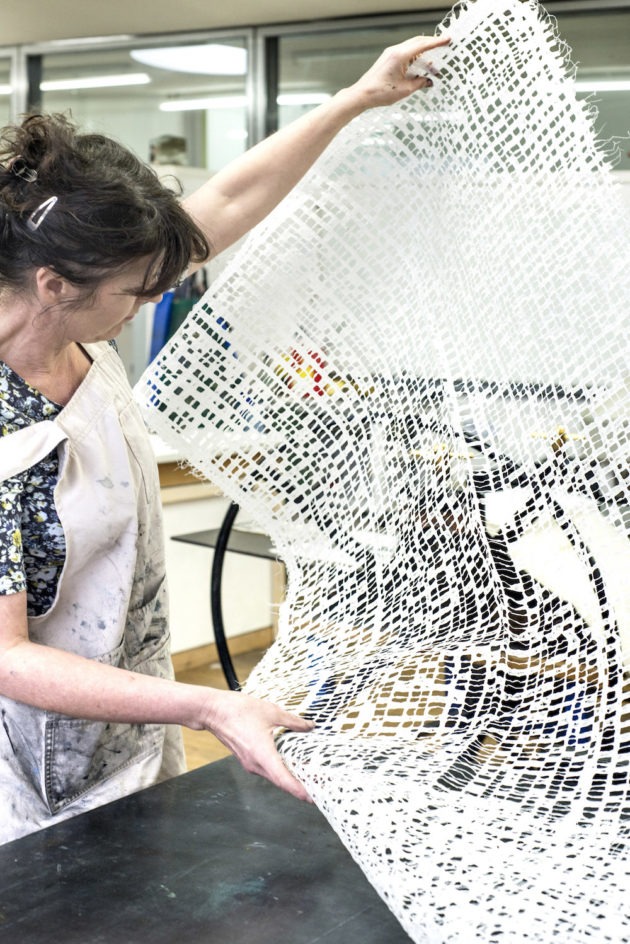
Codi Hauka looks at the work of foreign artists inspired by the country
“Inspired by Kyoto,” the theme of current issue KJ94, highlights and celebrates a sampling of foreign artists who represent a wide-reaching and yet-to-be-named Kyoto creative confluence. Yet as a place where new creative mediums, technologies, and minds are ever-growing, it was impossible to include a comprehensive look at the incredible work being produced. Here, we introduce an additional selection of artists whose work has been influenced by Japan to complement those that appeared in our print issue. Some currently reside in Japan, others split their time among other places, and some have taken what they learned while here out into the world to share, refine, and grow in new ways.
Denis Guidone
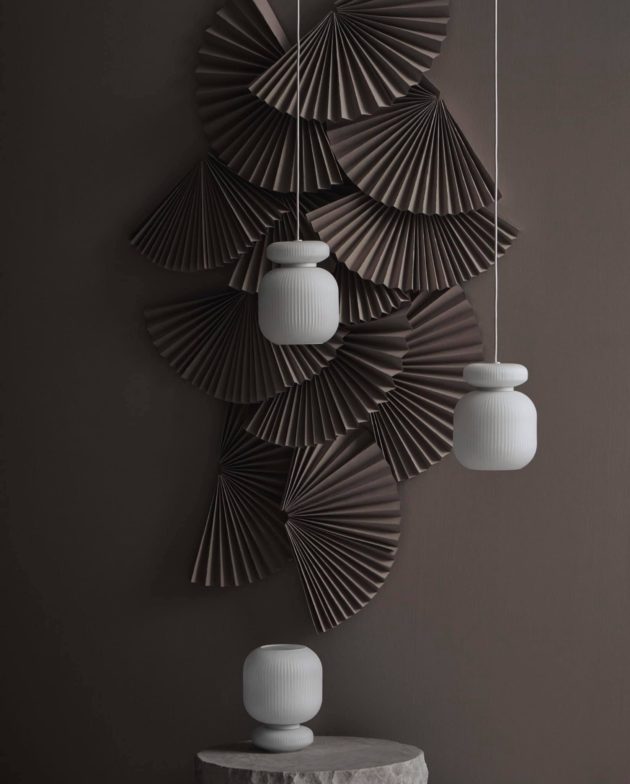
An award-winning designer who splits his time between Milan and Tokyo, Denis Guidone finds ease and artistic inspiration positioning himself between east and west. Having first been drawn to Japanese culture through cinema, Guidone visited the country 18 years ago and became deeply interested in Japanese design aesthetics. The concepts of ma (間, the space between things) and mono no aware (物の哀れ, an awareness of ephemera) are particularly present in his architecture and product designs, his works imbued with a subtle movement and acute awareness for utilizing space, light, and lines which highlight the quiet beauty of everyday items, such as lamps, vases, and coffee tables. “My mission is to connect east and west,” says Guidone, “to show the good in the middle of these.”

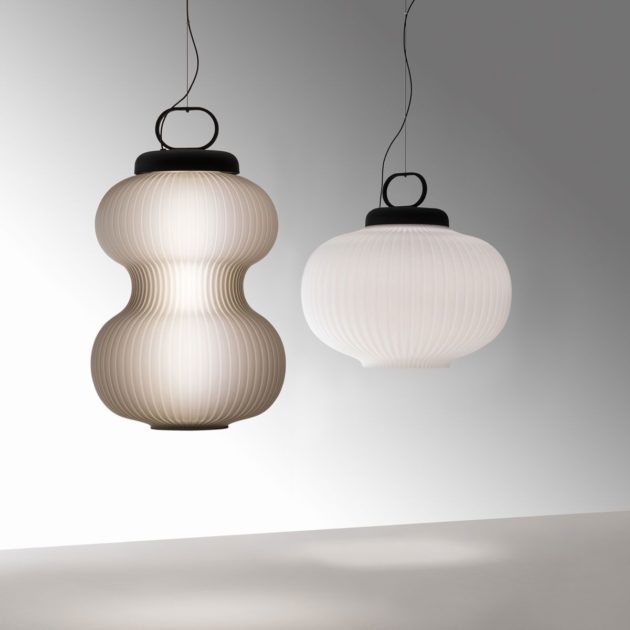
His time working between places has also helped illuminate the Italian design aesthetics that Guidone has come to appreciate and incorporate into his work. “When I returned to Italy I saw things anew,” he says, and references the Japanese idea of toudai moto kurashi (“it’s darkest at the base of the lighthouse”) to describe how space allows you to see things you would otherwise miss. This fusion of influences is seen predominantly through his use of glass in place of washi, as well as pleats and aluminum to produce unique interplay between light and shadow. Guidone is also drawn to creating tactile pieces whose very design invites a person to touch and use the object, aiming to elevate mingei (民芸) or handcrafted art for ordinary people, seen in his cha no yu (茶の湯) designs.
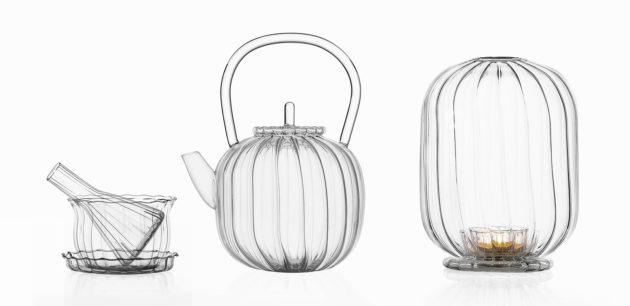
Guidone has designed for FontanaArte, Roche Bobois, Nava Design, Bolia, MIngardo, Ichendorf, Serax, Projects Watches, Shuji Nakagawa, Hands on Design, Arita Risogama and other companies in Italy and across the world.
During the next Designart Tokyo from October 18 to 27, 2019, he will show a new project titled Ori, a series of side tables with pleated surfaces in metal with a mirrored finish and glass plane.
Learn more about Guidone’s work: www.denisguidonedesign.com
Elaine Cooper

With a BA Honors Degree in Fine arts with a specialty in printmaking in the UK, Elaine Cooper experimented with many fibres, cotton, and plants in the 1980s in an effort to create thinner and more translucent papers for her works. Discovering washi paper at a Japan Festival in 1991, which featured paper and washi from Mino City, left her feeling that she had at last discovered a medium with the beauty and physical qualities she had long been searching for. “I had found the perfect paper for my work, it was strong and translucent I don’t think I slept for days as my time was spent in the studio pushing the paper to its limit,” Cooper recalls. “I knew then discovering its process of manufacture was something I needed to understand to fully appreciate what it was I was working with.”
She spent all her available time with the artisans during the festival, showing them a series of prints she had created by layering papers with printed images; their respective admiration for one another led to Cooper to study the washi-making process at their studio in Mino City, where Master Papermaker Goto Akira instructed her. What began as a one-year study into Japanese papermaking turned into a ten-year apprenticeship that changed the course of Cooper’s life, during which she fully immersed herself in learning the craft, coming to experiment with new techniques to create unique papers and textured effects in her work towards the end of her stay. Now splitting her time between Japan and the UK, Cooper applies her skills to utilize paper in many creative ways, including sculptures, installations, wall panels, and lighting (“It’s a very exciting time for paper,” she says.)
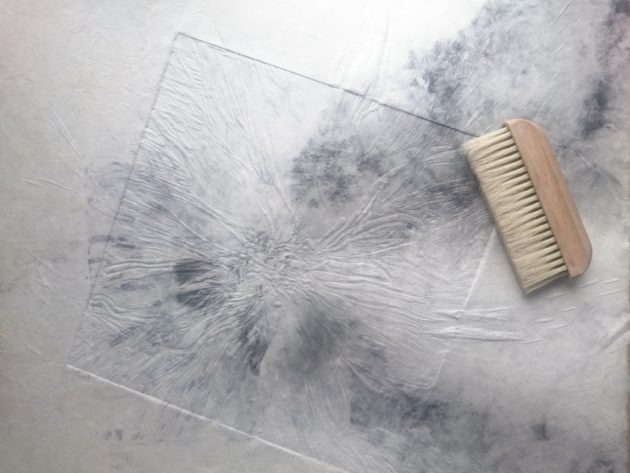
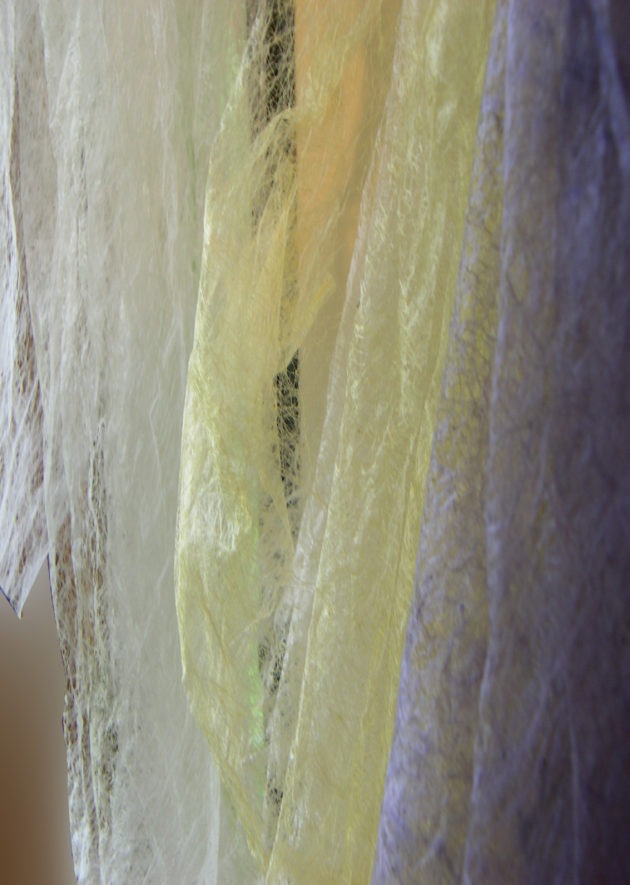
Presently, Cooper is preparing to launch her own lighting range and interior design products in the UK and Japan and plans to run a ‘Washi –the Papermakers Art’ paper study course in Mino City from October 20-26th, 2019, open to Japanese and foreigners in Japan, or internationally.
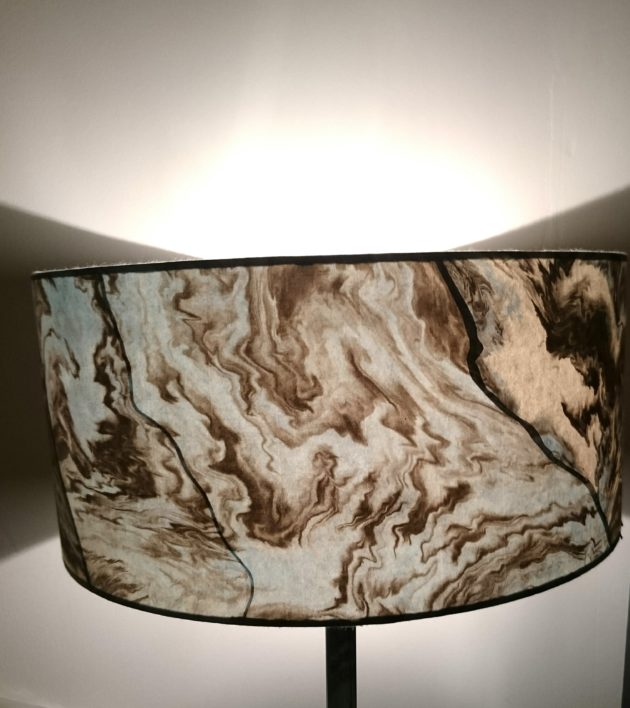
You can follow her work on Instagram:
@washiartist – Elaine Cooper
@washiartiststudio – for the study of washi and paper
@contemporarypaperdesign – for her designs and creative inspiration
Alessandro de Bellegarde
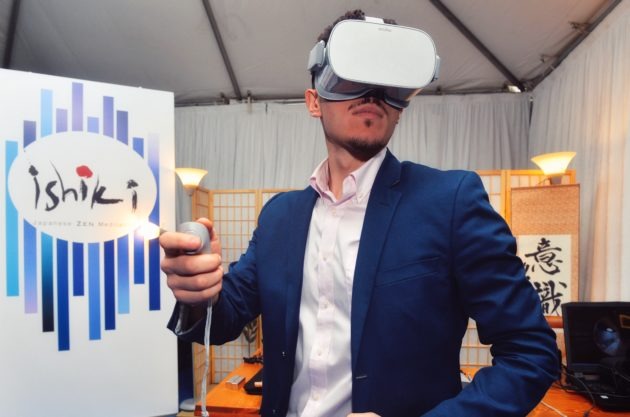
In a truly contemporary intersection of old meets new, Alessandro de Bellegarde is a storyteller and filmmaker using Virtual Reality (VR), Augmented Reality (AR) and 360° video to capture and share the cultural heritage of Kyoto, the city in which he lives. Originally from New York with a film background, de Bellegarde came to Kyoto ten years ago for what he intended to be a single year – but says he immediately felt that he wanted to spend the rest of his life here. It’s his passion for the city and culture that drives so many of his creative, immersive endeavors, using photographic captures, photogrammetry, and much more to produce 1:1 digital replicas of Kyoto’s temples, shrines, architecture, and festivals. “Every imperfection, every notch is going to captured,” he explains. “The magic of it is that you can take it something which is priceless and digitize it, take it anywhere in the world, and now a fire could take it tomorrow but it’s there forever.”
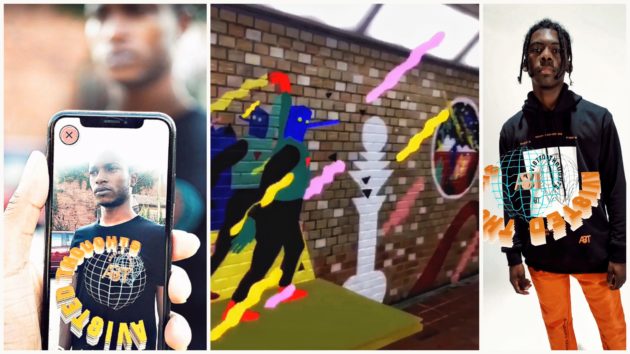
Now running Sogendo, a team of people who create new media solutions committed to preserving and expanding Japanese culture, his vision is to connect people everywhere to Japan’s traditions and history through emerging technology. This has led to partnerships such as capturing 360° video of the Kankoboko and other floats during Gion Matsuri, projects with the Kyoto City, and even with the Grammy Awards to provide a headset with meditative experiences of peaceful spots in Kyoto to put celebrities in a calm headspace before taking the stage. Whether Lady Gaga or his grandparents, de Bellegarde aims to use this format to provide others with a new channel throughout to internalize the beauty of Kyoto and Japan. “What I have known about Japan has changed my life for the better, it has been so enriching,” says de Bellegarde, “and to share that with the people that I love is a huge motivator.”
Currently, Sogendo is developing cross-cultural artist residencies, bringing international artists to Kyoto to work with traditional artisans and creating new media content to support medical institutions based in Kyoto. Additionally, they are expanding Augmented Reality support for collaborations with Adobe Resident artist Nadine Kolodziey based in Berlin, fashion and lifestyle brand Avi8ted Thoughts based in Washington D.C., and director and filmmaker Chelsea Odufu based in NYC.
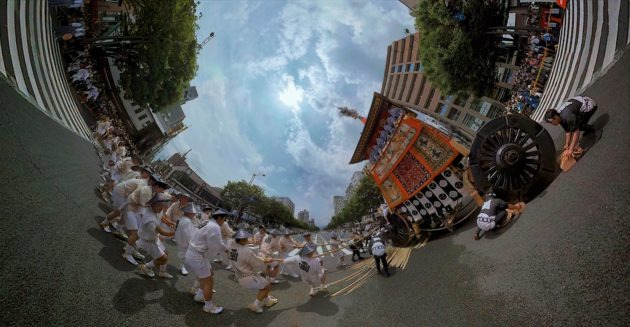
Learn more about de Bellegarde and follow his work on Instagram: @gendo_ikari
David Stanley Hewett

David Stanley Hewett’s varied resume illustrates a rather unique journey and connection to the art world. Coming from America, he traveled to Japan in the early 1990s to train as a potter for two years; he then returned to America where he joined the Marine Corps for four years, then made his way back to Japan to work on a career in finance. But in the evenings and on weekends, he worked on his art – from pottery to painting, to textiles – and would invite people from the banking world to his studio to view his pieces.
He found particular success through what has become his Bushido series, wherein he channels the samurai code of ethics by painting canvases and other objects with the colors he sees representative of discipline (black), passion (red), and elegance (gold leaf), oftentimes featuring a fluid stroke of black mimicking a sword movement across the work. But his creative endeavors by no means end there; Hewett also paints screens, designs obi, continues to create ceramics, and has designed a clothing and jewelry line – all while running a successful Financial Advisory Business as well. For him, these seemingly disparate fields have a congruent process and goal: unmasking the relationships between seemingly unconnected things, using big-picture creativity to find a solution. “Art is often about solving a problem,” says Hewett, “if you have the goal of expressing the heart wrench of losing people in battle, then you piece together the parts that will communicate what you’re trying to do so, whether it’s the material you’re using or the style, it’s about coming up with a solution.”
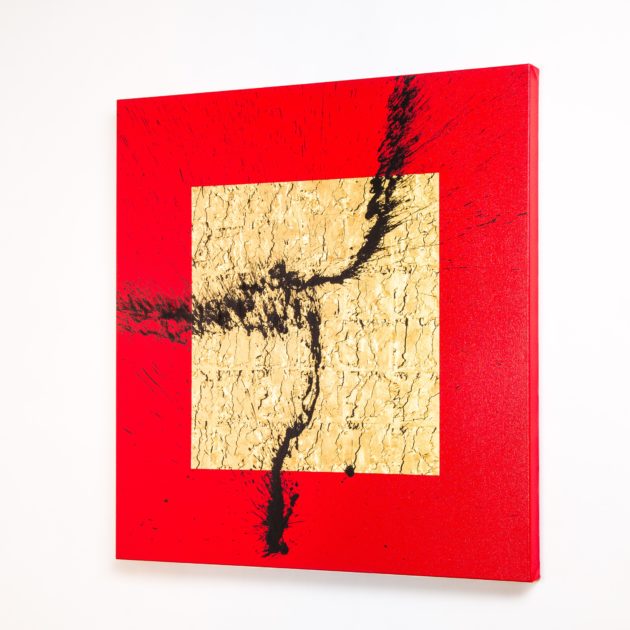

You can see Hewett’s work in the following upcoming exhibitions, and visitors are always welcome at his gallery in Kanazawa: www.hewett.jp
Osaka Takashimaya: August 21-27
Tokyo Nihonbashi Takashimaya: September 18-24
Daimaru Fukuoka: October 2-8
Deborah Davidson
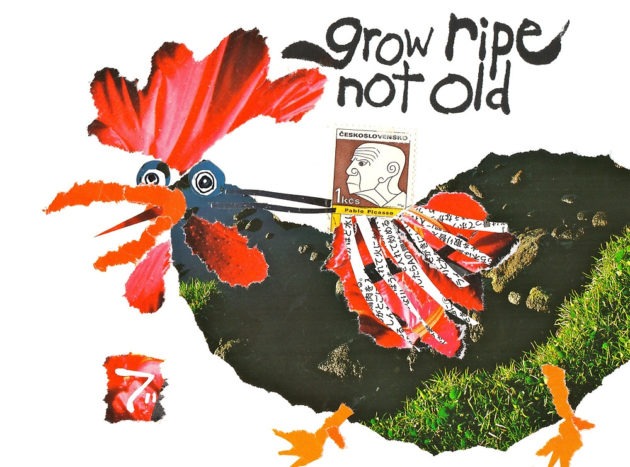
Born in Japan as the eldest child of American parents, Deborah Davidson grew up in rural Hokkaido, amid its grand natural landscapes and history of the Ainu. Moving to Sapporo, Tokyo, then America for her education, Davidson returned to Japan after college to pursue a career in translation. “My first love has always been languages,” she says. “For thirty years, my life revolved around translating, interpreting, and raising my kids.” But sadly, serious health arose for Davidson and she ultimately made the decision to end her translation work as she could no longer guarantee deadlines. “But I am naturally curious and creative and soon I was exploring the new and exciting world of the internet,” she says, “starting multiple blogs about books, about cooking, about Ainu culture, and about art – just about anything that fascinated me.”
It was during this period that she rediscovered etegami, or illustrated letters. “Etegami is a combination of very simple hand-painted images with thought-provoking hand-written words, usually on washi postcards and intended to be mailed off to someone – not to keep for oneself,” explains Davidson. In particular, her work has been inspired by Koike Kunio, the ‘father’ of modern etegami, whose philosophy eschewed the perfectionism of traditional arts like sumi-e, and instead embraced the motto that “it’s alright to be awkward. In fact, it’s great to be awkward.” Paper and tools for etegami are used in such a way that the artist does not have perfect control over them, leading to wobbly lines and smears, imbuing the art with a quirky charm. Davidson also creates etegami with Koike’s idea that each one should be painted with the receiver in mind, and you must stick a postage stamp on it and put in the mailbox even if it didn’t turn out quite the way you planned. She started a blog on etegami and her work, the popularity of which led to her self-published book A Beginner’s Guide to Etegami.
Today, Davidson is exploring new materials for her etegami (including stones, shells, and fans), runs the Etegami Fun Club on Facebook, and is creating an etegami-collage style of postcard art under her Stamp People Series, available on Red Bubble. But she always keeps the philosophy of etegami in her heart when she’s creating: “If I notice I’m trying too hard to be a ‘good artist’ or to impress people, I try to return to my etegami roots and remind myself that I paint to reach out to others and I think about the receiver as I paint,” she says.
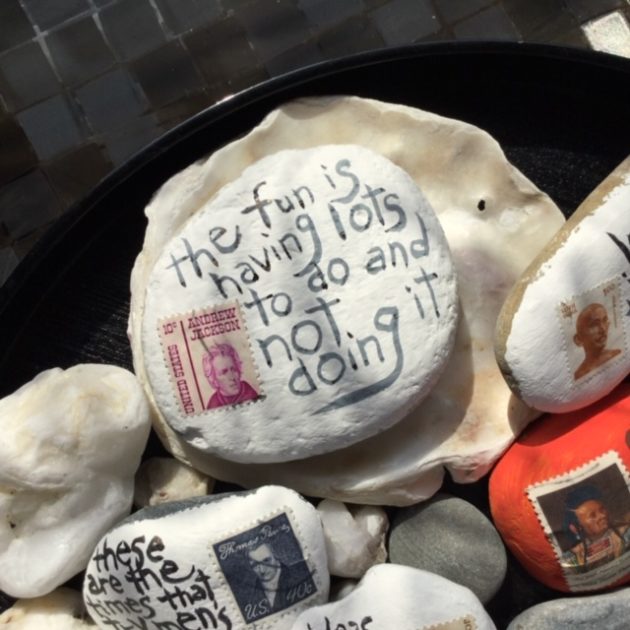
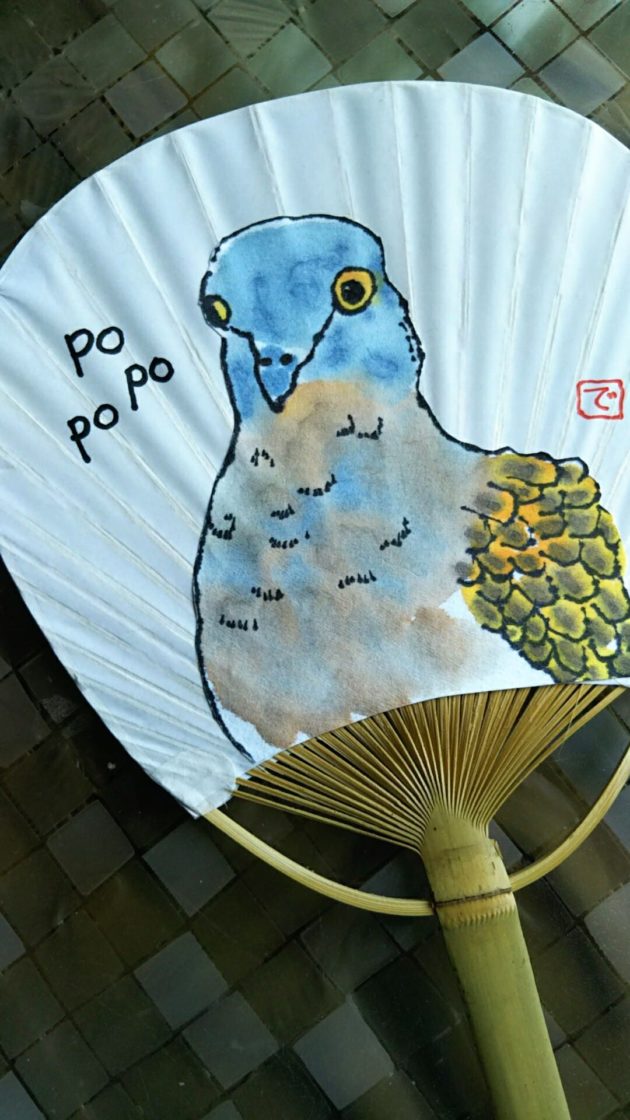
Davidson’s current studio is located on a small cliff overlooking the Sea of Japan, drawing inspiration from the sea and the creatures that live along the coast. You can learn more about etegami and her work here:
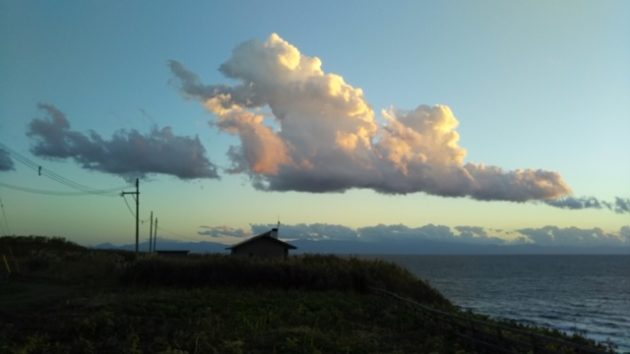
Instagram: www.instagram.com/dosankodebbie
Facebook: www.facebook.com/dosankodebbie
Etsy: www.etsy.com/shop/dosankodebbie
Red Bubble: www.redbubble.com/people/dosankodebbie

Codi is a freelance journalist, communications specialist, and researcher. Her reporting projects have taken her across the world, most recently to Kyoto where she currently lives. Her personal work focuses on how emerging technologies change human relationships and the impact of tech platforms on journalism, civic discourse, and democracy. http://www.codihauka.com/